The Silica Yarn market is still growing as a result of major expenditures made in R&D by industry leaders to increase the scope of their product offerings. Market players are also involved in various strategic initiatives to broaden their reach. The significant development of the sector can be attributed to several factors, such as the introduction of new goods, contracts, mergers and acquisitions, increased investment, and cooperation with other firms. For the Silica Yarn industry to expand and prosper in a growing and competitive market, it must offer products at reasonable prices.
Manufacturing locally to save operational costs is one of the main business tactics manufacturers adopt in the worldwide Silica Yarn industry to support clients and expand the market sector. The Silica Yarn industry has brought about some of the greatest medical advances in recent years. Major players in the Silica Yarn market, including Mid-Mountain, LIH FENG JIING Enterprise, Henan Ballhone Machinery Industry, Polotsk-Steklovolokno, Textile Technologies Europe, Valmieras stikla šķiedra, BOWEA, Hiltex., Saint-Gobain and others, are attempting to increase market demand by investing in research and development operations.
Mid-Mountain Materials, Inc. manufactures environmental protection and thermal barriers for industrial applications that reduce pollutants, save energy, and ensure safety. They have delivered high-temperature, chemical, and abrasion-resistant solutions for 42 years to various industries, including oil and gas, rail, aluminum, automotive, aerospace and aviation, and hearth products. Established in 1976, Mid-Mountain offers fiberglass products as an asbestos substitute for thermal barriers and sealing applications. Their product line has expanded to include fabricated seals, coated fabrics, silica textiles, knit and woven textiles of various compositions, refractory moldables, cements, and adhesives. They are dedicated to offering creative solutions for specific application requirements.
Serving companies worldwide, Mid-Mountain takes pride in upholding the values that guided its founding: quality products at affordable costs combined with excellent customer support.
Lih Feng Jiing Enterprise Co., Ltd., a seasoned thermal and acoustic insulation product manufacturer, was founded in 1970. They specialize in bulky fiberglass roving, lightweight PP+GF composite sheet/felt, stainless steel/wool/felt, and high-temperature fiberglass needle mats, among other products used in the fireproof industry. The major segments catered to are the automotive, motorcycle, petrochemical, power plant, transportation, construction, home appliance, filtration, and fireproof applications. With nearly 400 workers, Lih Feng Jiing's group headquarters are in Tainan, and the company conducts business worldwide. They have three production bases (manufacturing operations) in the Qidong and Tainan areas of Shanghai and Tainan.
All of these facilities have obtained ISO and IATF 16949 certificates.
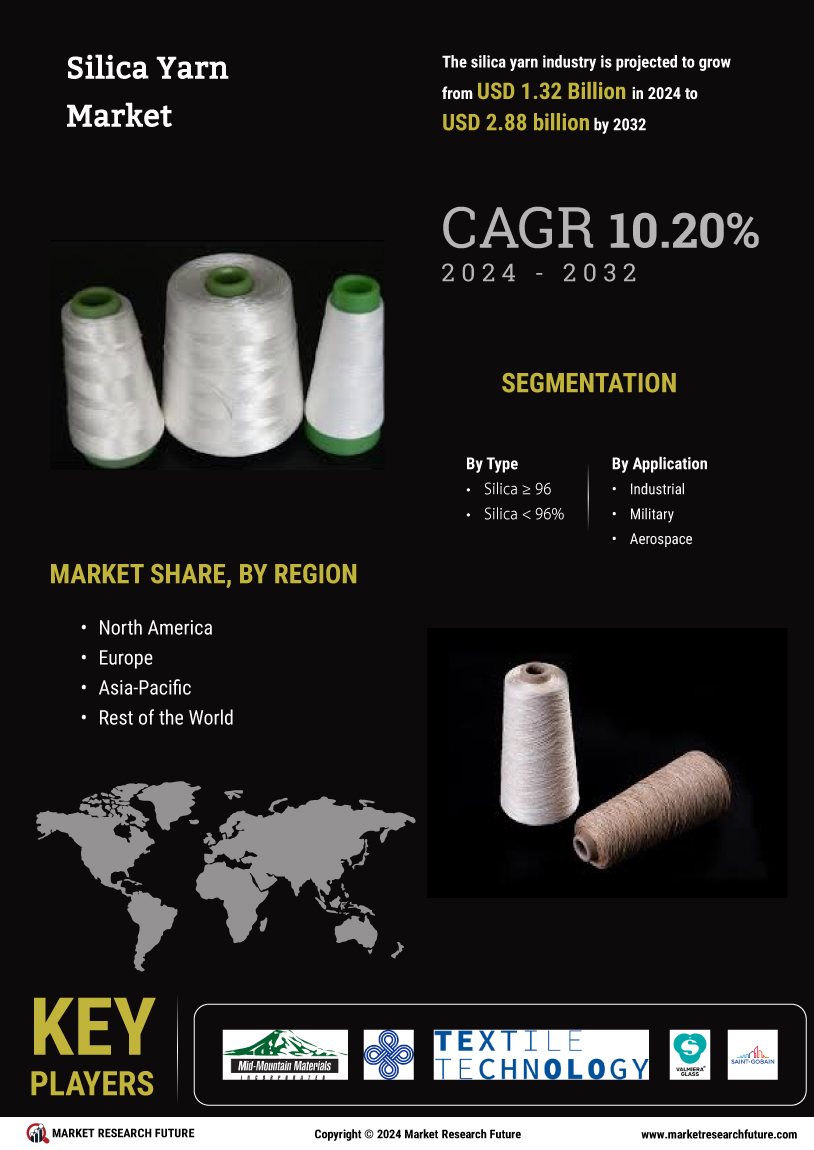

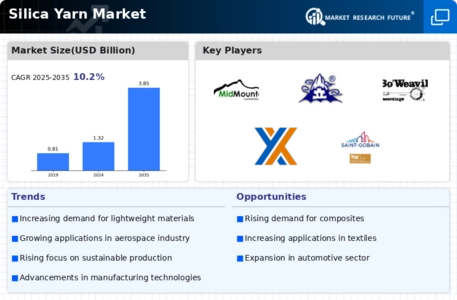
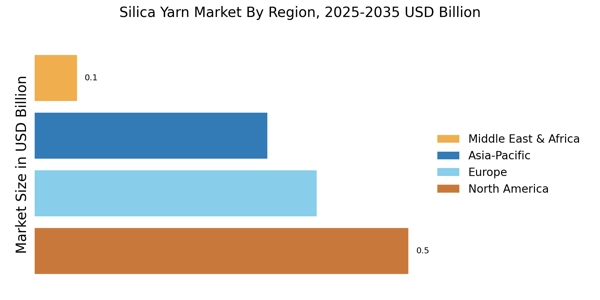

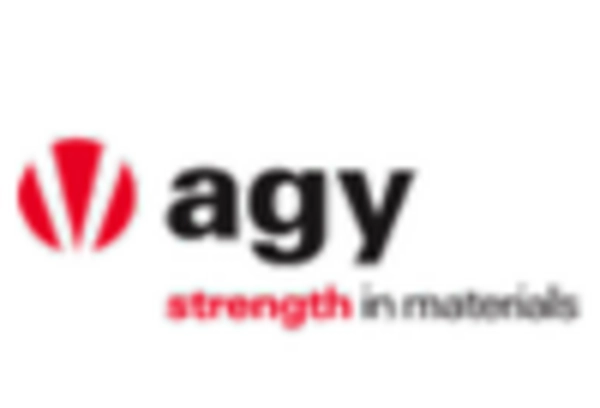
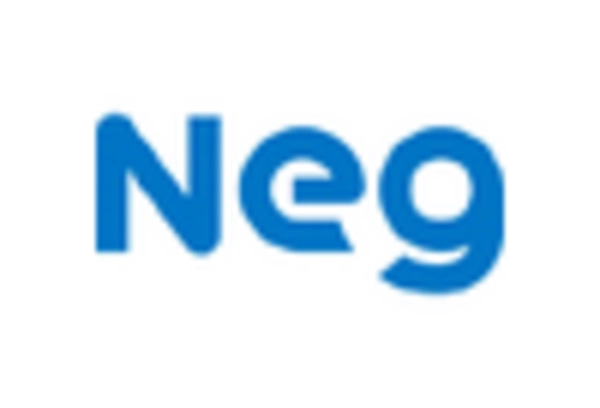

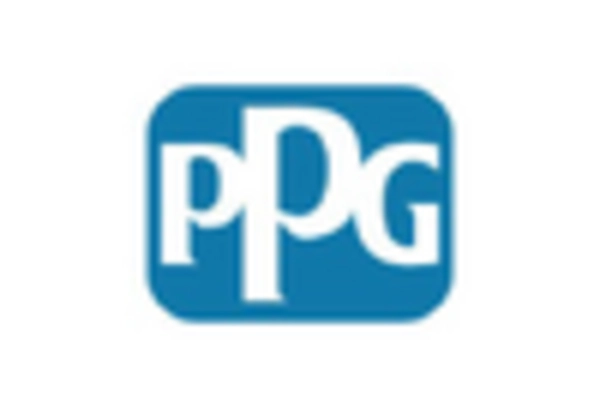









Leave a Comment